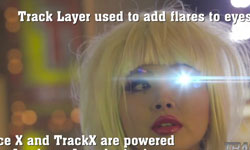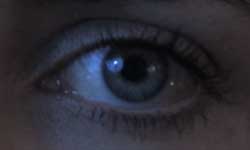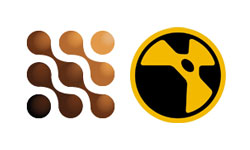Motion Tracking/Match Moving (153 Tutorials)
Track a 3D object into live footage with After Effects and Cinema 4D
March 11, 2014
Track a 3D object into live footage. Mike Griggs at Creative Bloq talks about working with a virtual camera between After Effects and Cinema 4D.
Tracking Motion in FCPX Using TrackX by CoreMelt
March 5, 2014
Training session for TrackX powered by mocha – a motion tracking plug-in for Final Cut Pro X editors, featuring VFX artist Roger Bolton of CoreMelt.com.
Driving Plates Composite in Premiere Pro
February 11, 2014
Artbeats and Eran Stern bring you a tutorial showing how to key and composite greenscreen driving plates with scenery in Premiere Pro using Ultra Key and a Track Matte Key.
Imagineer mocha Tips #mochatips
February 11, 2014
Martin Brennand shares some of the daily tips that are posted to Twitter and Facebook by Imagineer Systems.

Adding Steam, Sparkles or Flares to tracked motion inside FCP X
February 4, 2014
In this tutorial, Iain Anderson shows you how to add steam to a moving coffee cup, add sparkles to a magic wand and track flares to a moving eye.

CoreMelt TrackX for FCPX – Adding Steam, Sparkles or Flares to tracked motion inside FCP X
February 4, 2014
Adding Steam, Sparkles or Flares to tracked motion inside FCP X – CoreMelt TrackX powered by Mocha is a powerful tool to enable FCP X editors to easily track and insert graphics and layers. Just draw a shape around the object you want to track and the Academy Award winning Mocha tracking engine will lock on and allow you to track text, do screen replacements, replace signs and more.
In this tutorial we show you how to add steam to a moving coffee cup, add sparkles to a magic wand and track flares to a moving eye.
Track and Replace a Mobile Phone Screen in mocha!
February 4, 2014
Imagineer has a new tutorial up that covers tracking an iPhone screen. Mary Poplin gives detailed instructions on the process both in video form and in words, so you can go at your own pace.
Mocha 3D Solver, Plexus, and AE Scripts
January 2, 2014
Learn how to use mocha and After Effects to track graphics and effects. 3D Camera solve and object tracking which can then be exported to After Effects to drive the Plexus particle plug-in. Clip courtesy Artbeats.com
CoreMelt SliceX Powered by mocha for FCPX Tutorials
August 26, 2013
We’ve compiled a bunch of SliceX powered by mocha, tutorials for your learning convenience. These tutorials will show you how use SliceX with any effect, cut holes in masks, combine tracking and keyframing and how to combine tracking with stabilization.
Camera Tracking In AE and C4D – Tracked Ship
August 21, 2013
Chris Martin, Freefxtutorials.com, one of Toolfarm’s affiliates, shows how to motion track footage using After Effects CC’s powerful new camera tracker to get a 3D solution, then send it back to AE for compositing and final render.

Simulate a Basic Dilating Iris in Adobe After Effects
August 12, 2013
Post by Joshua Lester at AEtuts+: “This Quick Tip will show how to manipulate footage of an eye to create the illusion that the Iris or Pupil is dilating. Using the Bulge Effect and simple motion tracking, the final product is quick and demonstrates how to use these simple tools.”

mocha Pro Tutorial: 3D Camera Solver and Nuke Pt. 2
July 8, 2013
Imagineer Product Manager, Martin Brennand created this 2 part series demonstrating how mocha Pro's 3D Camera Solve can be used to for 3D tracking to compliment the Nuke workflow.

mocha Pro Tutorial: 3D Camera Solver and Nuke Pt. 1
July 8, 2013
Imagineer Product Manager, Martin Brennand created this 2 part series demonstrating how mocha Pro's 3D Camera Solve can be used to for 3D tracking to compliment the Nuke workflow.
Planar Tracking HUDs and 3D Camera Solving – mocha v3
June 30, 2013
An advanced tutorial covering mocha v3’s 3D camera solver and Adobe after Effects. Mary Poplin creates a HUD style graphic in 3D space.
Webinar Replay: Digital Makeup and Retouching: Using mocha AE/Pro with After Effects
June 28, 2013
In case you missed it, Imagineer recorded this past week’s webinar with Mary Poplin, covering planar tracking techniques for digital makeup and removals.